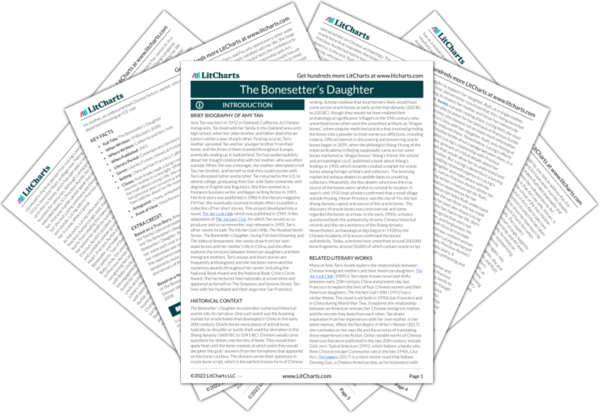When Gideon points out Ruth’s accommodating personality, he frames her submissiveness as one of her central characteristics. Almost everyone in Ruth’s life sees her as someone they can manipulate or take advantage of. Ruth inherited LuLing’s anxiety and secretive nature, but she tries not to be combative like her mother This, however, has hurt Ruth throughout her formative years, as she overcorrects and becomes too submissive to the point that she gets in her own way as an adult.
